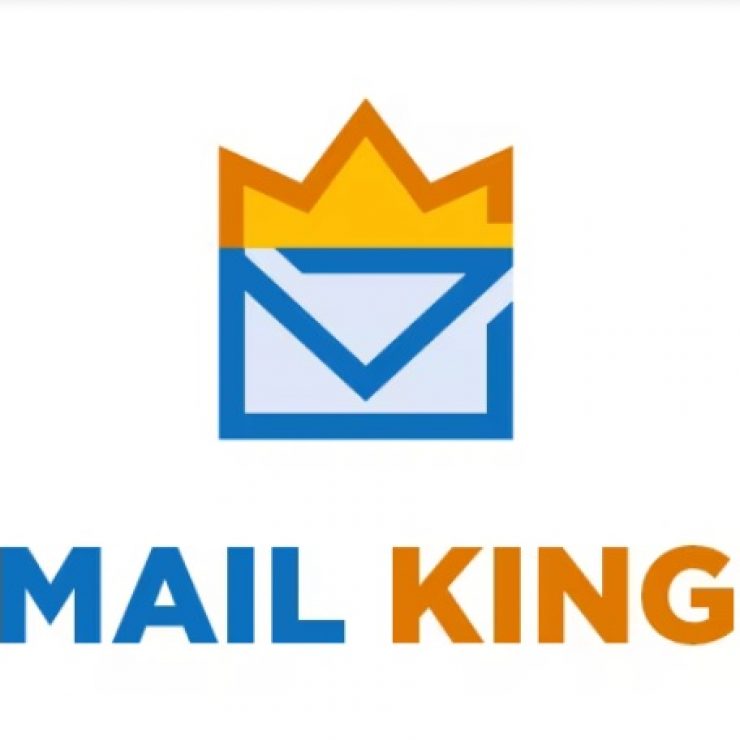Email list creation has been one of the most historically successful and established techniques for growing small businesses. That’s because having a good email list has a number of benefits. An email list gives you direct access to people who want to hear from your company and allows you to do things like:
Your target audience should be informed.
Convert potential customers.
Provide regular updates.
Conduct polls
Send messages to specific people.
Boost revenue
As you can see, developing an email list is a low-cost but successful way to expand your small business. Here’s a rundown of the eight email list-building strategies you can employ this year:
Create material that is both intriguing and worth subscribing to.
Organize a contest or a promotion.
Make available lead magnets (checklists, ebooks, etc.)
Use pop-ups to encourage people to join up for your email list.
If you want to grow an email list, use Facebook leads ads.
Build landing pages to optimize your email list.
Use social media to promote your email list.
Include social media buttons in your emails.
Let’s take a closer look at each of these methods for growing your email list, so you can see how they work and why they work.
1. Produce engaging content
Why would anyone give you their email address, especially in an age when inboxes are inundated with tens of thousands of emails every day?
People only offer their email addresses to you if they believe you can benefit them in some way. Giving people content that resonates is one of the best ways to bring value to their lives.
2. Hold a contest or marketing
It’s all about delivering value and offering incentives when it comes to establishing an email list. Running a contest is one of the simplest and most easy ways to encourage people to give their email addresses. People enjoy winning, especially when all they have to do is provide their email address.
You can hold a contest in a variety of formats, including:
A picture contest in which participants submit their finest travel, cuisine, pet, or selfie photos.
A video contest in which participants submit amusing blunders, their finest skating tricks, a song cover, and so on.
A competition in which participants submit their favorite poem, short story, or humorous tale.
People can enter a sweepstakes by simply entering their email addresses.
After you’ve decided on the format, you’ll need to decide on the awards.
3. Make available lead magnets
Lead magnets are incentives that you present to potential customers in exchange for personal information such as email addresses, as the name suggests. Lead magnets are an effective approach to raise brand awareness and interact with potential customers who are unfamiliar with your company.
Prize giveaways, as indicated in the previous section, are one type of lead magnet. Here are a few more lead magnet examples:
Checklists
Ebooks
Sheets of cheats
Samples of products
Coupons for discounts
Templates
Trials are available for free.
Case studies are used to illustrate a point.
Webinars
Podcasts
High-quality content
4. Make use of pop-up forms
On your website, pop-up forms provide a pretty fundamental job. They are designed to capture a visitor’s attention and attract them to click on a link or provide their email address.
Pop-ups have a bad reputation for being obtrusive, yet websites employ them for one simple reason: they convert well. Using lightbox modals and automated timers (such that pop-ups only appear when a visitor has showed interest in the page they’re browsing) can also make pop-ups less invasive.
5. Create lead advertising on Facebook
Small businesses frequently underestimate the impact of Facebook ads. With a monthly user base of 2 billion people and a range of targeting possibilities, Facebook can be a very successful tool for finding new customers and growing your email list.
Lead advertising on Facebook are even more effective for growing your email list since they allow you to create a form that potential buyers can fill out without ever leaving the social media platform.
6. Create landing pages
Landing Pages are call-to-action pages designed to capture email addresses or other vital visitor information as part of marketing efforts.
Advertisements, content, and lead magnets function as top-of-funnel activities to capture visitor attention if you designed a campaign particularly for the purpose of email list creation.
Landing pages are bottom-of-funnel tools in this context, where an interaction with a landing page results in a conversion or abandonment. Landing pages can be thought of as the final stage of a sales process—a it’s make-or-break (convert or abandon) situation.
7. Make the most of your social media channels
Facebook lead advertising aren’t the only approach to create an email list using social media sites. Advertisements are available on all significant social media platforms, and they may be used to target certain people and urge them to enter their email addresses.
When choose which social media site to utilize for email list creation, take into account the differences between each and the types of behavior people display on each.
8. Include alternatives for social sharing in your communications
When compared to when they aren’t used, adding social sharing buttons to emails can increase click-through rates by up to 158 percent. Facebook, Twitter, LinkedIn, Pinterest, and Google+ account for the majority of these click-throughs.





